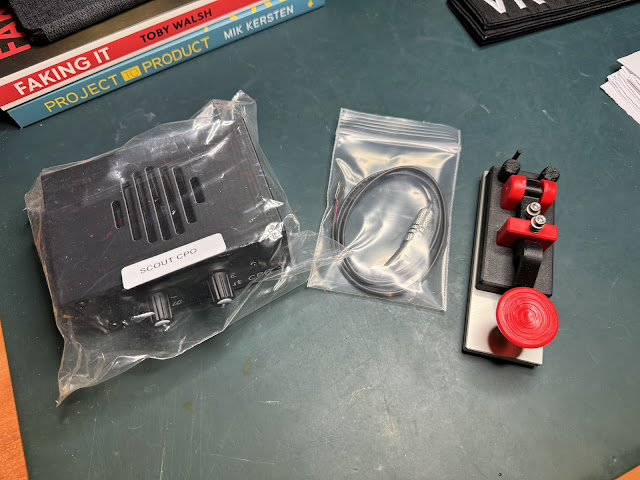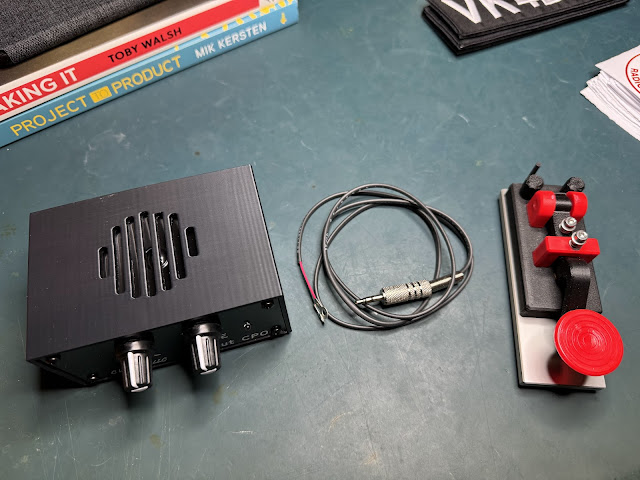Learning CW
I've set a few goals for 2024 when it comes to Amateur Radio. I've done this because the list of aspects of radio that I want to play with is already pretty long and getting longer - and some require some more focused effort than others. One that will require some focused effort to start with is learning morse code - commonly called CW. My goal is my first QSO using CW by the end of 2024.
There are a number of YouTube videos, mobile CW training apps, books and all sorts of things. Pretty quickly though most signs ended up pointing to the Long Island CW Club. They're pretty amazing - the curriculum they've created and evolved since inception since 2018, the schedule of classes (that now specifically have VK friendly classes on a Monday night), the setup on Zoom and their online Morse practice page. All around it's been a pretty awesome experience so far - and I am learning CW!
They have a set of three sessions they ask all new members to watch that help explain the club, their approach to learning and curriculum, and where to find all of the different club resources. They ask that you get a straight key to learn on and use in class and have some recommendations on where to start. I went with a CW Morse key, and Tone Generator:
This was all I needed to start classes. I've been going to a Beginners Carousel 1 (BC1) once a week and trying to get in practice every day using their online morse practice page.
Chatting to some of the guys on in the class and reading the LICW mailing list - there was a lot of chat about the Morserino. If you're reading this blog you know I love a good kit build - plus it has the advantage of giving my feedback on my sending while I learn, and is based around a Heltec V3 board just like a meshtastic - and someone has built something akin to the LICW online morse practice page that uses the Morserino! I ordered my kit a little while ago but it took a little bit to make it's way to me down here in Australia. It turned up packed very well:
I simply followed the assembly instructions on the Morserino github. They're well written and really easy to follow for anyone with a little bit of soldering experience:
It fired up first go - not bad! All I am missing is a LiPo battery so that I can run it unplugged. I've used it with my key, both standalone and with the online training page which gives audio feedback and the ability to change settings on the device itself. Very awesome device!















Comments
Post a Comment